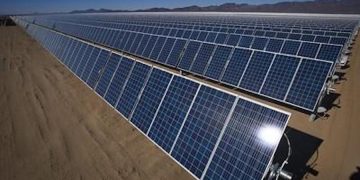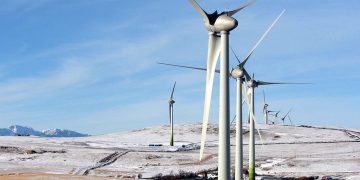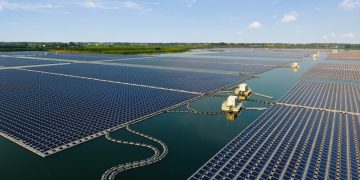This is an introduction for investors with less domain experience, who see the appeal to solar investing. Breaking down one of the subsectors of this industry will help clarify the details of investing in fossil-free equity.
Fossil fuels have been a key money maker for many years, but this form of power is simply no longer dependable. The concentration of carbon dioxide has risen by 135 parts per million from 1750 to 2019. In order to stay within the 2 degree goal for human health, 80% of the fossil reserves must remain in the ground. This means that it is time to continue the transition into the renewables. “Fossil-free equities†has a loose definition of excluding fossil fuel reserve owners. Now that solar and wind power have become efficient forms of producing power, it is time that investors observe the dependability of this industry for asset investment.
The US SIF Foundation released their Report on US Sustainable, Responsible and Impact Investing Trends which reported that asset managers applied more restrictions related to fossil fuels in 2018 than in 2016. This change was to $226 billion in assets in 2018, compared to $152 billion in 2016. These changes in fossil fuel restrictions or divestment policies applied to $680 billion in assets in 2018, showing that these rules and restrictions are only getting harsher, and do apply to various investors in the industry. This started a change as investors are beginning to see the risks involved in a once dependable industry. Now, it is the fossil-free equities are the rising investment option.
$12 trillion in assets will be divested according to commitments made to Fossil Free. Even if these assets are not yet divested, these savvy people are planning on becoming a part of this growing industry. Many powerful and prominent institutional investors are making these commitments, including educational institutions and public retirement funds. Among various private equity options is now clean energy, energy efficiency, sustainable materials, and other fossil-free equities. These industries are starting conversations between investors and financial advisors about what options are best suited for them. There are so many companies and ways to begin divesting these assets that it is essential to get this consultant advice and properly research all alternatives.
.jpg)
Three of the most popular ways to invest in sustainable energy are through alternative investment funds, registered investment companies, and community investments. Alternative investment funds have seen their assets almost triple with the number of funds increasing 89%. These options include venture capital, private equity funds, property funds, REITs, and hedge funds. Registered investment companies also increased immensely from $3.5 billion to $7.4 billion, with the number of funds increasing 176% for ESG and ETF fund assets. For SRI mutual funds, the increase is slower at 34% since 2016, but the number of SRI mutual funds has still increased by 50%.
Community investments have seen some of the most significant growth, especially community development credit unions. These assets have doubled since 2016, and the community investing sector as a whole has also doubled its assets from 2014 to 2016. In one of the largest academic studies of this topic, it was found that there is a positive correlation between ESG standards and corporate financial performance, which further shows that fossil-fuel-free entity investment is the way to go. When thinking of where to divest your assets, consider these options as a reliable choice for long term growth.

Fossil Free Funds is a great source to research some of these investment opportunities. The Parnassus Core Equity Fund is a fossil-fuel-free investment with no flagged assets or investments in fossil fuel-related equities. It is also a member of the Forum for Sustainable and Responsible Investment with a 9.76% return in three years. Calvert Equity Fund has the same recognition, but with a 17% return within three years. Another option is the Brown Advisory Sustainable Growth Fund – up 18% in three years. This website is an efficient way to explore investment opportunities in the fossil-fuel-free industry.










Like!! Really appreciate you sharing this blog post.Really thank you! Keep writing.